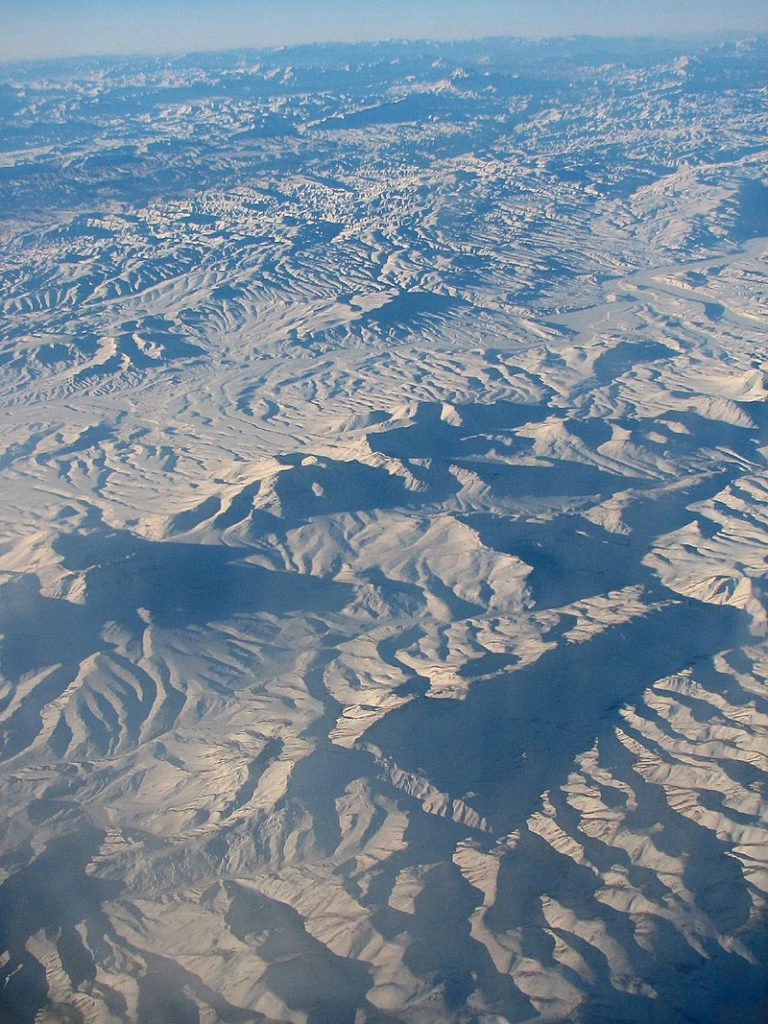Archaeologists working on Iran’s southeastern Makran coast have uncovered rare evidence of prehistoric fishing and maritime activity, shedding new light on how ancient communities sustained themselves through the sea.
4,000-Year-Old Maritime Tools Found at Endangered Archaeological Site
Excavations at the Kopal site in Dashtiari County, Sistan-Baluchestan province, have revealed a variety of artifacts, including Paleolithic stone tools, shell remains, animal bones, and rare fishing implements such as hooks and net weights. These findings indicate that marine resources were used by local communities as far back as the 4th millennium BCE.
“This site provides extraordinary evidence of long-term maritime adaptation,” said Mortaza Hessari, head of the excavation team. “In one trench, we discovered a fishing weight beside pottery fragments and marine remains, offering a glimpse into the aquatic diet of prehistoric inhabitants.”
Race Against Time: Heritage at Risk from Modern Development
The excavation is being conducted under urgent circumstances due to road construction threatening the site. As part of a salvage operation led by the Cultural Heritage and Tourism Research Institute of Iran, the team is working to preserve what remains before irreversible damage occurs.
Hessari credited strong local support for the project’s progress. “The collaboration of the Dashtiari County Governorate, especially Governor Abdolaziz Miaei, along with the Chabahar Cultural Heritage Department and Makran Heritage Base, has been vital.”
Looking Ahead: A Center for Makran Heritage
Researchers hope this project will be a springboard for establishing a dedicated Makran Cultural Heritage Studies Center, which would serve as a hub for studying and preserving the coastal region’s rich archaeological legacy.
Located along the Sea of Oman, Iran’s Makran coast (Savahel-e Makkoran) is a historically significant yet underexplored region, holding clues to early human adaptation to coastal environments.
What Is the Makran Coast?
The Makran coast (Persian: Savahel-e Makkoran) is a semi-arid shoreline stretching along southeastern Iran and southwestern Pakistan, bordering the Sea of Oman. Known for its rugged cliffs, natural harbors, and dry coastal plains, the region holds both geographical and historical importance.

Historically, Makran was part of ancient maritime trade routes, linking civilizations such as Mesopotamia, the Indus Valley, and the Persian Gulf. It has been referenced in ancient texts and travelers’ accounts, yet remains one of the least archaeologically explored coastal areas in Iran.
Today, the Makran coast is gaining renewed attention for its strategic significance and rich cultural heritage. Recent discoveries suggest that maritime activities in the area may date back more than 4,000 years, offering a unique glimpse into early human interaction with the sea.





